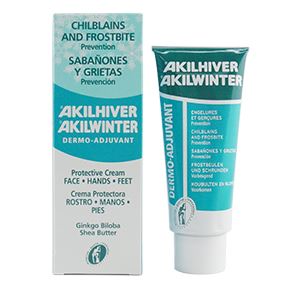Chilblains are a relatively common vasospam of the small blood vessels in the toes that create a reddish or bluish lesion that can be itchy and painful. They typically occur in the cooler climates and that chilblain season is coming up. There are a number of things that can be done to prevent and treat chilblains. This include protecting the feet from the cold, not warming them too quickly after they become cold, and using creams that can help to stimulate and the circulation as well as sooth them when they occur.
There are a number of different creams, lotion, potions and ointments on the market that can be used for chilblains and every single one of them can probably produce some pretty convincing anecdotes and testimonials about how good they are. For us as clinicians it can be a bit of a problem to know which one to recommend in the context of them all claiming to be the best and each one of them having some support. There is no research that has been done to show which one is the best chilblain cream to use. We have some experience with some of them and that results of that experience is a bit mixed. The problem is that one cream that works for one person may not necessarily work for the next person. So any recommendation for a cream to use for chilblains is going to have to be for one that is more likely to affect a lot of people and be a good place to start. One thing I did notice is that when you see questions asked of a group of podiatrists, there will be a number of different recommendations given, but also the name “Akileine Akilwinter Chilblain Cream” does keep coming up and recommended more often than others, so that is now the one that we typically use first.



